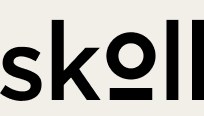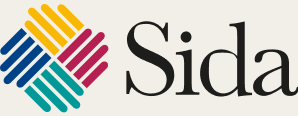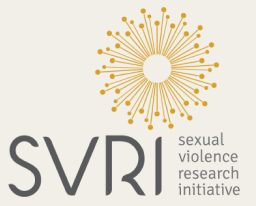When journalists, activists and civil society organizations engage in fact-checking, they are often exposed to large volumes of graphic content depicting violence, conflict, and hate speech. As a result, many of these organizations and individuals have developed different strategies on both an individual and organizational level to mitigate the harms they experience as a result of this work.
Kat Lo, Program Manager at Meedan’s Digital Health Lab shares practices developed by fact-checkers to mitigate risks to mental health in fact-checking.
What individuals can do
Create boundaries around the work that you find the most distressing:
- Set a hard stopping time for work that involves reviewing difficult material, so that you have at least a few hours to rest or do other activities before you sleep. If you’re going to sleep at 10:00pm, consider setting a stop time for this work by 6:00pm.
- Use a different physical location between where you work and where you rest to make it easier to mentally compartmentalize these activities. Reviewing difficult material next to where you sleep could make it difficult to separate your feelings of distress from the space where you rest.
Surround yourself with people who can empathize with you or support you personally:
- Develop a professional network of support among colleagues within and outside of your organization where you can discuss the difficulties you have with the nature of reviewing difficult content.
- Develop a personal network of support of people you can reach out to or who you ask to check in on you when you are doing this work, especially if you are going through a high volume of difficult material or if a specific current event is especially disturbing to you personally.
Be mentally kind to yourself and designate activities that you can do to comfort yourself or maintain your self of stability:
- Recognize “unproductive” activities are essential for your “productive” professional activities and make explicit time to do them after you are done with work. Find activities that allow you to unplug from online, or even digital spaces. This can be watching a show, playing video games, cooking, hiking, etc.
- Don’t be hard on yourself or think of it as a mistake if you have pushed yourself too hard or dropped the activities that you do to maintain your health (not keeping up an exercise routine, forgetting to meditate, or not getting enough sleep).
What organizations and managers can do
Develop organizational protocols that accommodates for experiencing mental distress, both acute and extended:
- Institute a protocol where staff can “tag out” of the work if they are experiencing distress or burnout. Encourage and normalize this practice so that staff feel comfortable using it.
- Schedule weekly check-in meetings as a group or one-on-ones where people can talk openly about the challenges of the content that they’re seeing and express their own reactions.
- Support subsidized or entirely paid mental health services, including counseling and tools for mental health maintenance (e.g. meditation or mental health tracking apps).
Educate staff about how mental health challenges manifest in reviewing difficult content:
- Host training sessions that break down concepts around mental health, vicarious trauma, and burnout, including definitions, symptoms, and ways of paying attention to potential signs for experiencing both acute and longer term distress.
- Make resources not just available, but easily accessible to employees, and make sure that they’re aware of these resources on a regular basis during staff calls or when a potentially disturbing current event is happening.
These strategies have been developed and collected from the specific context of fact-checking and journalism, but emerging from our collaborations and research we see a possibility for these strategies to apply to online moderators and researchers who must similarly review difficult content.
A caveat to this guide—these strategies are not formal advice from clinical mental health professionals, but many recommendations are validated and aligned with best practices identified by other mental health-focused organizations.
There are a number of resources for journalists who must face mental health challenges from their work, but guidance that engages directly with the distinct challenges and context of fact-checkers is scant. For more detailed guidance on working with difficult material, the Dart center has documented strategies for working with traumatic imagery. and a methodology for developing a standard operating procedure to handle traumatic imagery.
We collaborated with 53 partner organizations worldwide to design and carry out our 2024 elections projects. We extend special gratitude to our lead partners in Brazil, Mexico and Pakistan, whose work we highlight in this essay.
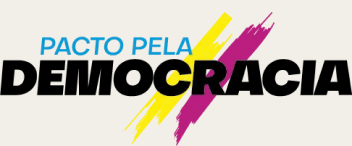
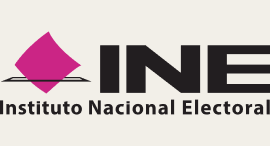

The 2024 elections projects featured in here would not have been possible without the generous support of these funders.
